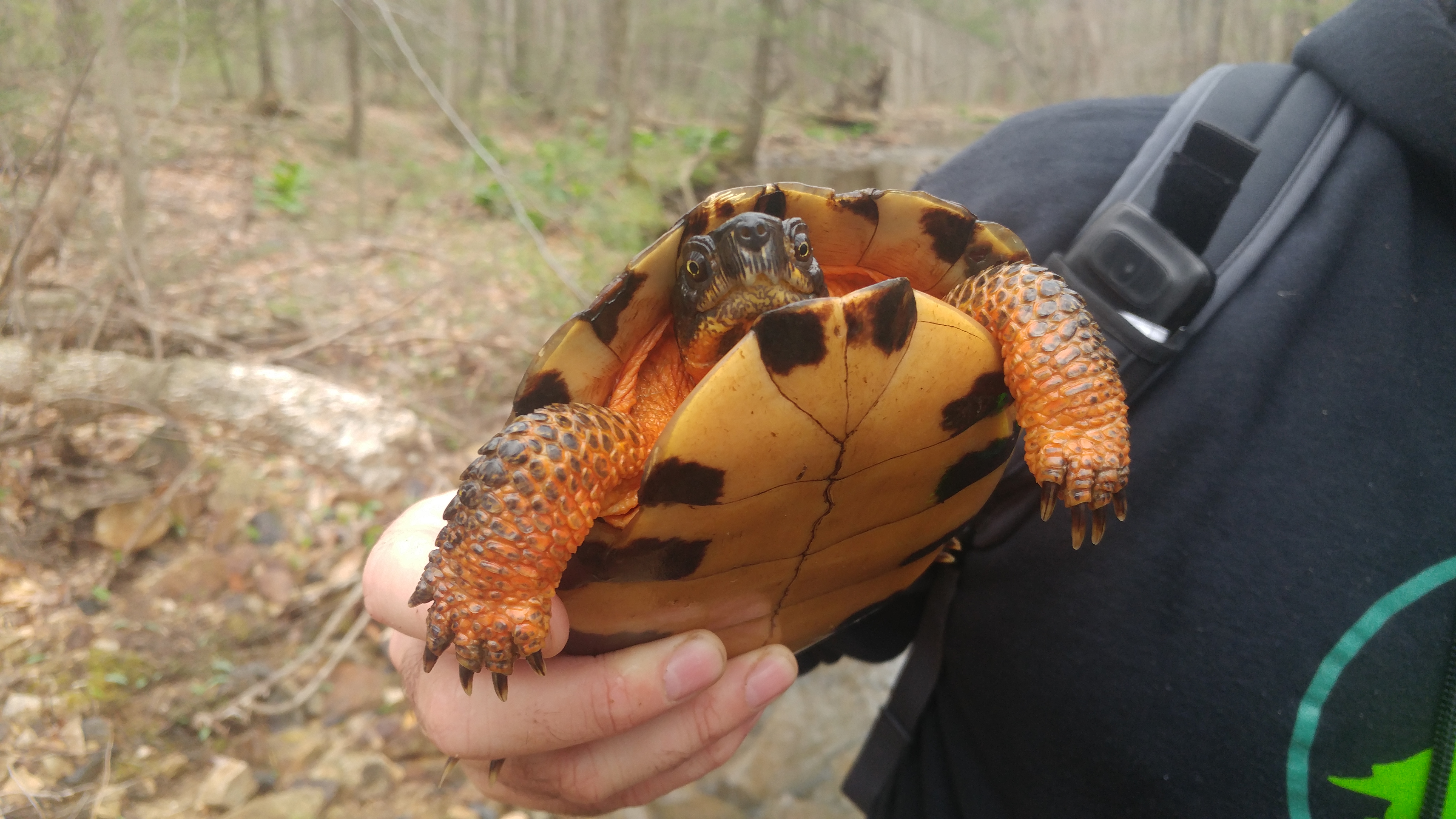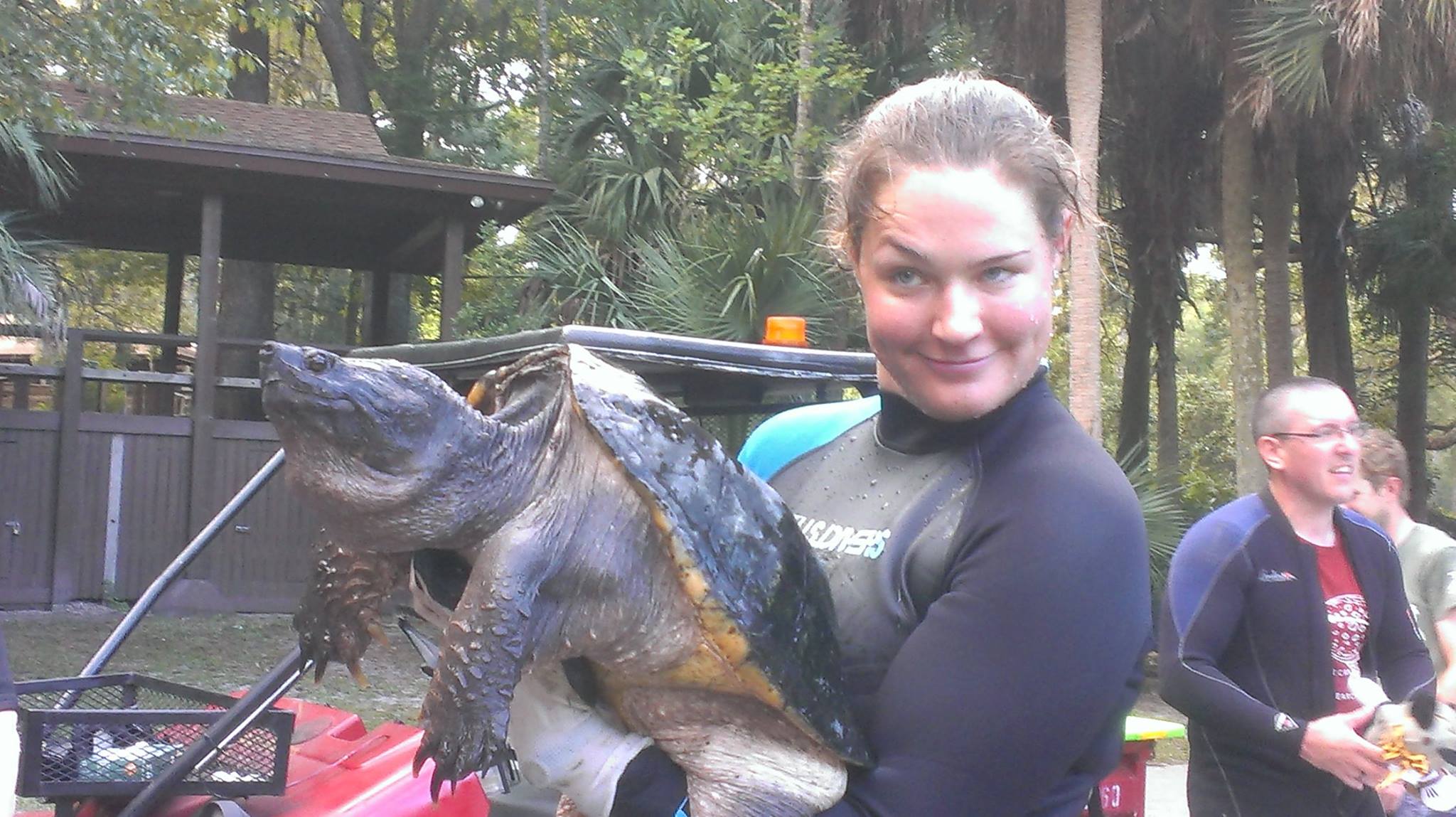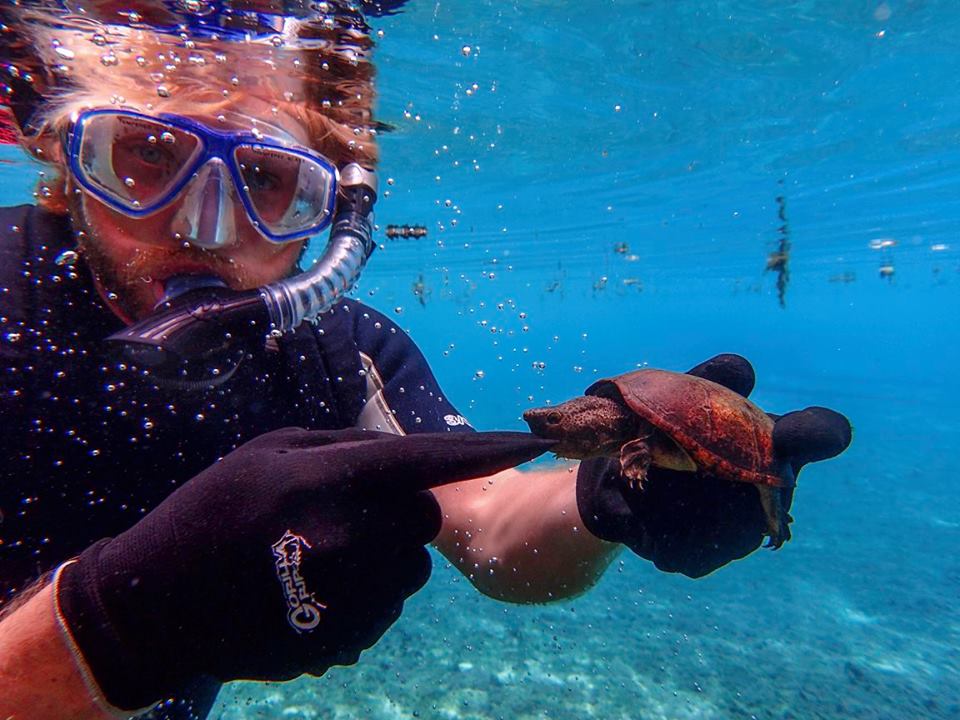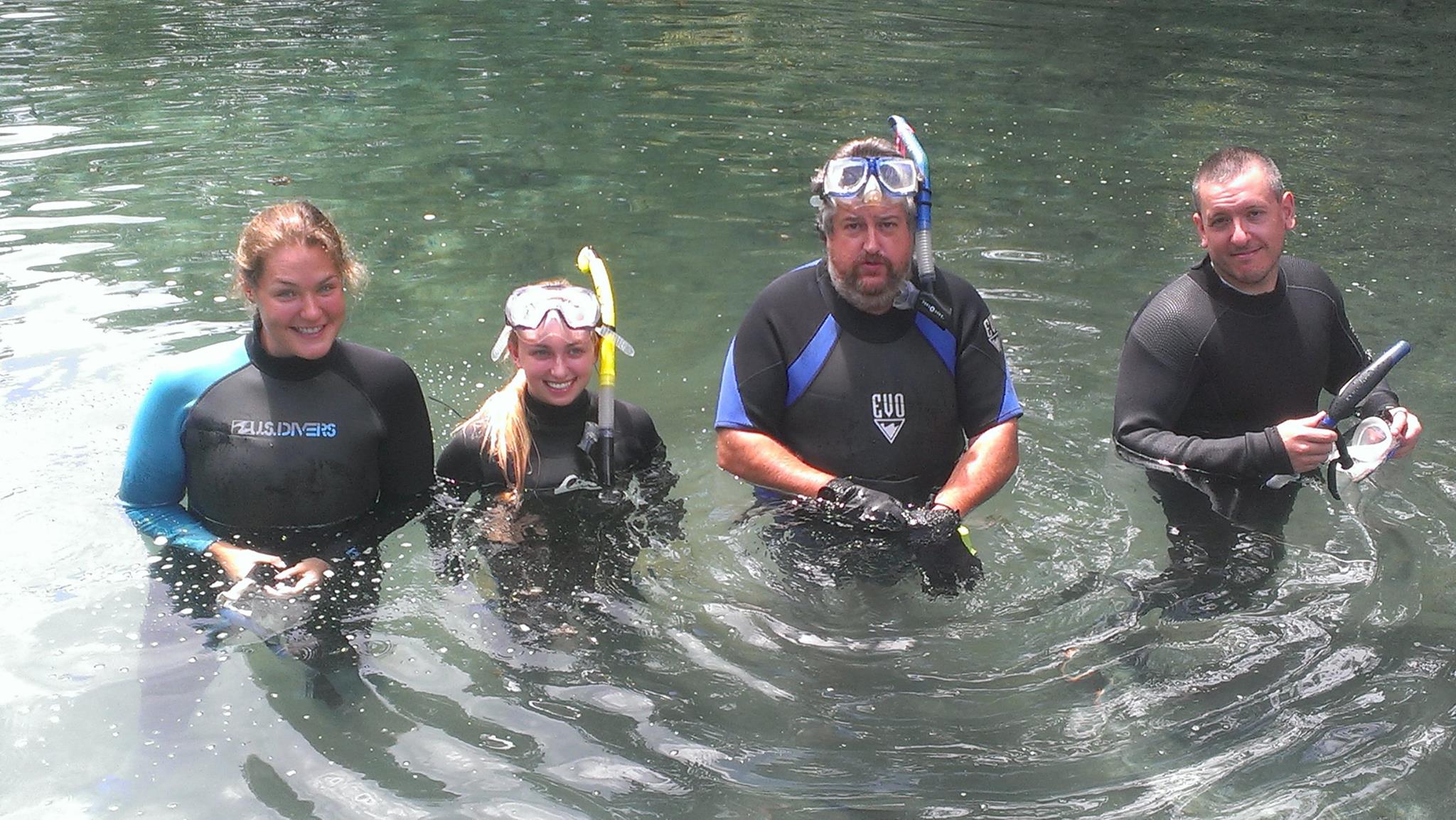NAFTRG Update
by Howard Goldstein 

Given the TSA’s involvement all over the globe, it can be easy to forget that the United States is the turtle capital of the world, with the greatest number of chelonian species of any country. Although turtles as a group are fortunately far more secure in the U.S. than in most of the world, some species or populations are under threat from commercial harvest, poaching, habitat destruction, and pollution.



The TSA does not neglect its own backyard, and the North American Freshwater Turtle Research Group (NAFTRG) works with numerous species throughout the United States.NAFTRGis the official North American working group for the Turtle Survival Alliance. Combing professional, student, and public passion for turtles into long-term conservation and research efforts, NAFTRG is a powerful force for conserving and understanding North American turtles.
At the end of July, NAFTRG concluded its 2016 summer surveys in Florida. Dedicated volunteers from Pennsylvania, Washington, Florida, Georgia and Alaska helped survey numerous springs across the Sunshine State, including: Wekiwa, Rock Springs Run, Volusia Blue, Manatee, Fanning and Peacock Springs.
NAFTRG Director Eric Munscher reports that extreme drought conditions, coupled with very high public water usage, resulted in low capture numbers over the five day sample period across all of the study sites. Nevertheless, the crew was still able to capture and process 403 turtles, representing six species at these locations. Overall, the sampling has resulted in some interesting findings. Four Florida Red-Bellied Cooters (Pseudemys nelsoni) and one Peninsula Cooter (P. peninsularis), previously marked in 2009 and 2010 respectively at Wekiwa Springs were captured 9 km away at Rock Springs Run. At Wekiwa, numerous Pseudemys sp. marked in 2000 and 2002 were recaptured in 2016. A Florida Softshell (Apalone ferox), originally marked in 2010 with a carapace length (CL) of 137 mm was recaptured with a CL of 454 mm.
In addition to this year’s drought, another issue at Wekiwa, a primary study site for NAFTRG, is a thick layer of detritus at the bottom of the lagoon. Although the invasive plant Hydrilla has been effectively eliminated from Wekiwa Springs since 2012, its destructive legacy still exists as a decaying detritus carpet over three feet deep in some places. This has negatively impacted native plant recruitment, as well as made it more difficult to capture turtles that flee down into the muck. It may also explain the perceived (eyeball count) declining captures of Sternotherus (American musk turtle species), either because the detritus layer can completely conceal them or lack of food materials has driven down the population. Discussions are underway with the local stake holders and agencies about temporarily degrading the lagoon to remove some detritus.
In additional news, several members of NAFTRG: Wayne Osborne, Jordan Gray, Theresa Stratmann, and Collin McAvinchey, presented at the 14th Annual Symposium on the Conservation and Biology of Tortoises and Freshwater Turtles, along with Dr. Jerry Johnson. This marks the largest group of NAFTRG speakers in the conference’s history.
On 13 August, Munscher and Turtle Room Director Steve Enders held an event at Spoonwood Brewery in Pittsburgh, PA celebrating a new tropical stout, Turtle Eclipse, especially made for the TSA. The event was a tremendous hit, with the brewery instantly stating that we do the event again next year. This fun and education event resulted in TSA receiving a check for $1,500.
Upcoming endeavors include a Wood Turtle project in Pennsylvania 16-18 September, and samplings of Bull Creek and Comal Springs in Texas between 22-25 September. A number of academic publications are also on the near horizon. NAFTRG is nearing completion of a paper about population parameters at Comal Springs, TX, for submission to Herpetological Conservation and Biology. Another paper detailing 15 years of data at Wekiwa Springs has recently begun and will ultimately be submitted to Copeia. A paper about Comal Springs has been successfully submitted to Southeastern Naturalist, and a population parameter of three species at Blue Springs has just recently been published by Herpetological Conservation and Biology.

